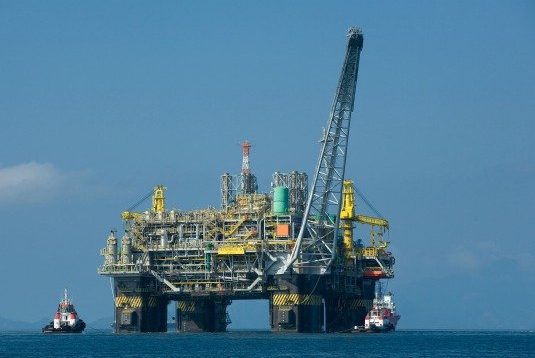Myanmar: Still the Field of Dreams or Nightmare on Elm Street?

Having attended and presented a paper at the April Myanmar Offshore Oil and Gas Summit, it was apparent that there has been progress in the offshore exploration space. By way of summary, the offshore profile is as follows:
- 51 offshore blocks, of which 40 have been assigned
- 21 operators, 13 of which now have PSCs
- 4 producing and drilling campaigns in play
- Seismic survey and geo tech activity is gaining momentum.
An indication of the increase in activity is supported by the following examples of the PSCs being concluded in the first half of April 2015, and include:
ENI has signed two PSCs for offshore blocks MD-02 (Southern Bay of Bengal) and MD-04 (Moattama-South Andaman Sea), this is in addition to their signing of two PSCs for onshore blocks in 2014. The offshore PSCs are a jv between ENI , who will be the operator and Petro-Vietnam exploration, with seismic and 3D mapping expected to be carried out over the next two years, followed by a six year exploration period.
Canadian Foresight Group Pte Ltd signed a PSC for the shallow offshore block M15. CFG holds 80% participating interest whilst the balance is held by Australian interests. The block is located south and adjacent to the Yetagun field. Currently they are conducting an EIA and expect to commence seismic and 3D survey work towards the end of 2015.
Reliance Industries have signed a PSC for two offshore blocks, M17 and M18. Both blocks are located in the Tanintharyi Basin.
The projected timeline for offshore activity shows that, starting October/November 2015, there will be significant starts on seismic 3D survey work. This activity will run for about 18 months to 2 years, followed by a four to six year exploration cycle. This has some interesting implications for those wishing to enter Myanmar and presents opportunities for business in the region.
The gaps in Myanmar in terms of adequate service provision includes:
- Management and people talent
- Key infrastructure is inadequate or lacking
- Inadequate seismic and geo-tech data.
Will the elections have an impact? This was canvassed at the summit as well as by talking to people on the street, and the overwhelming views are:
- Reform has progressed too far to stop now, it may slow but improbable to go backwards
- There will be free and fair elections in November
- There will be a slowing down of reform / legislative activity between now and the election, and this must not be confused with the notion that reform has stalled as is reported in the Western Press.
What does this all mean for Myanmar? I believe that the country still presents as a significant business opportunity for first movers. However, when one takes account of the dire need for key infrastructure to support offshore oil and gas activity, companies need to act now in the case of a supply base, particularly when one takes account of exploration activity commencing in approximately in two years time. The supply base therefore, would need to be operational by then to support exploration and drilling activity. Furthermore, there is a need to have emergency services fully operational as well, and includes training of Myanmar citizens in firefighting, emergency response and medical evacuation.
In summary, Myanmar still represents a “field of dreams” and whilst there maybe the odd bad dream, Myanmar will emerge as a significant oil and gas player in the near future.
